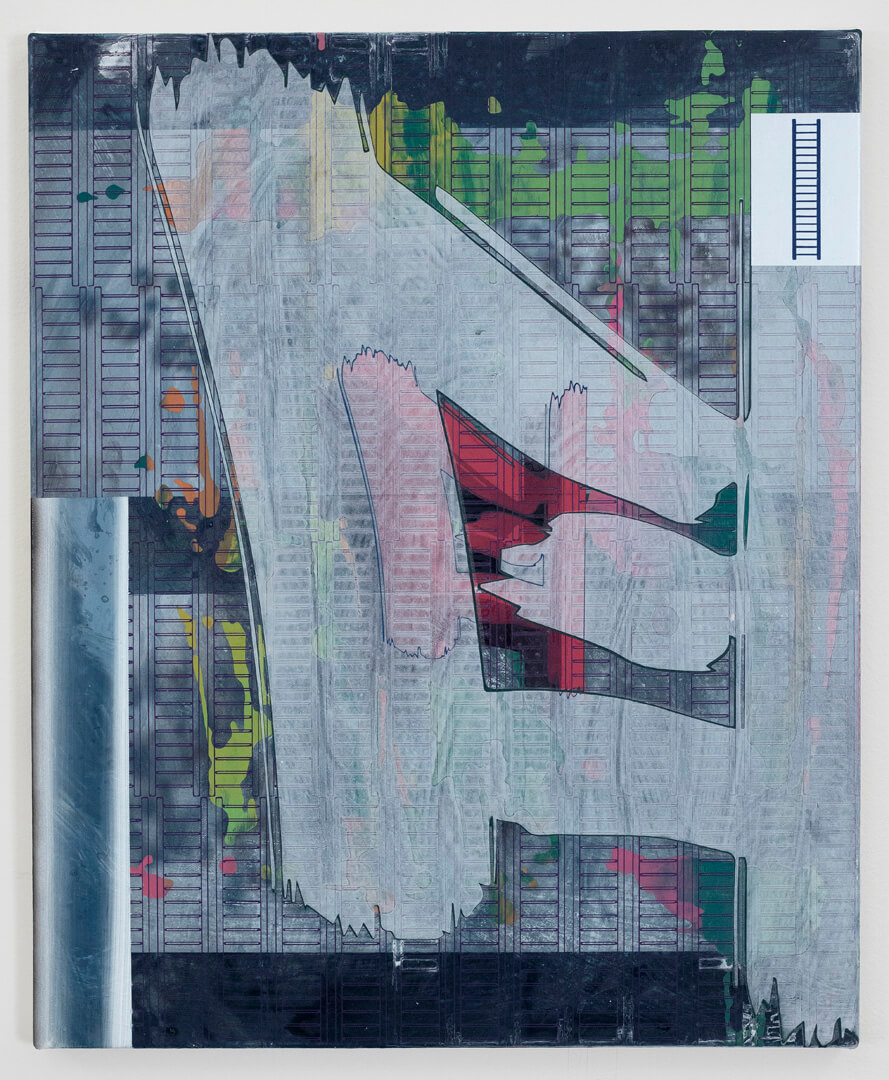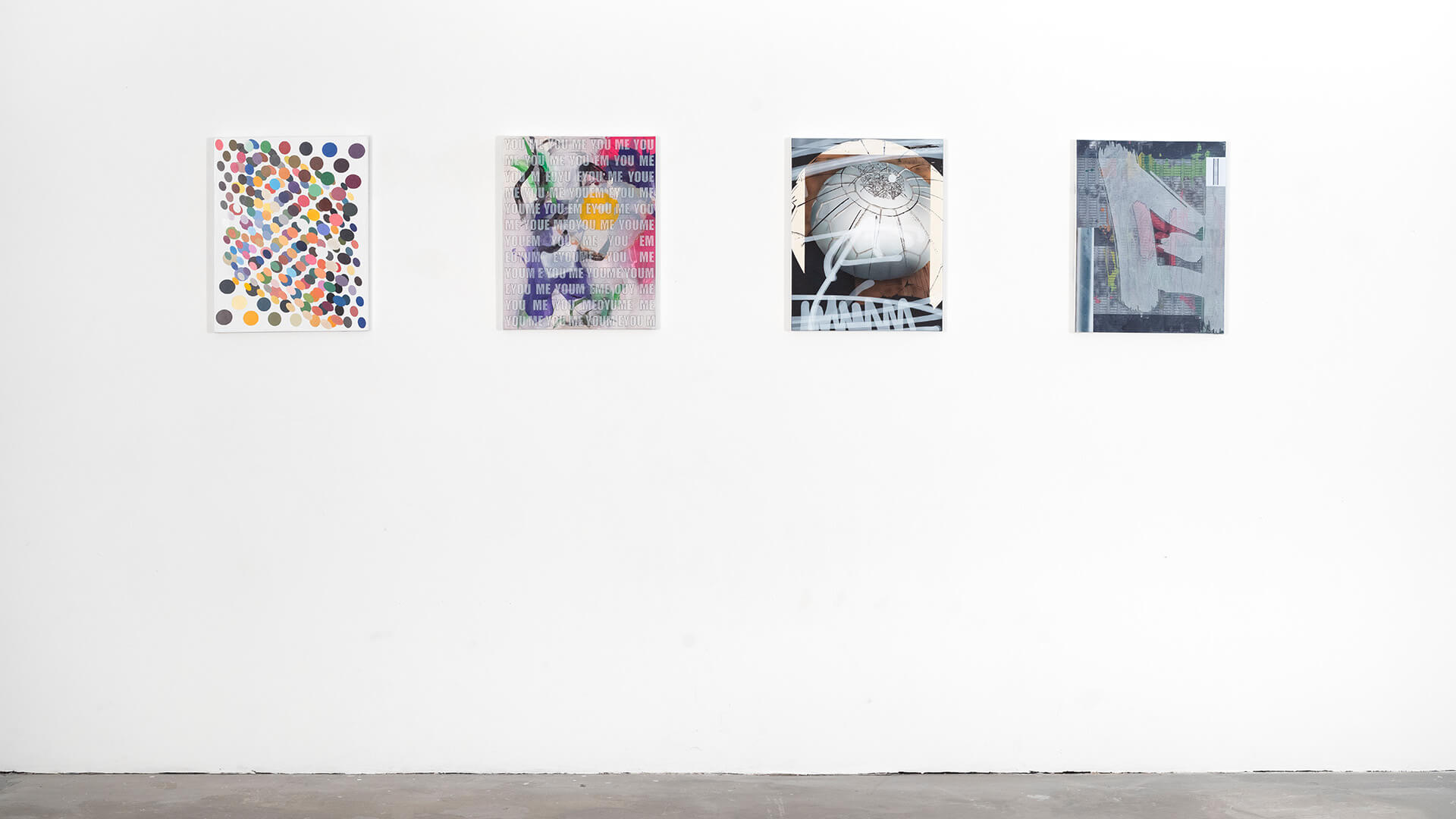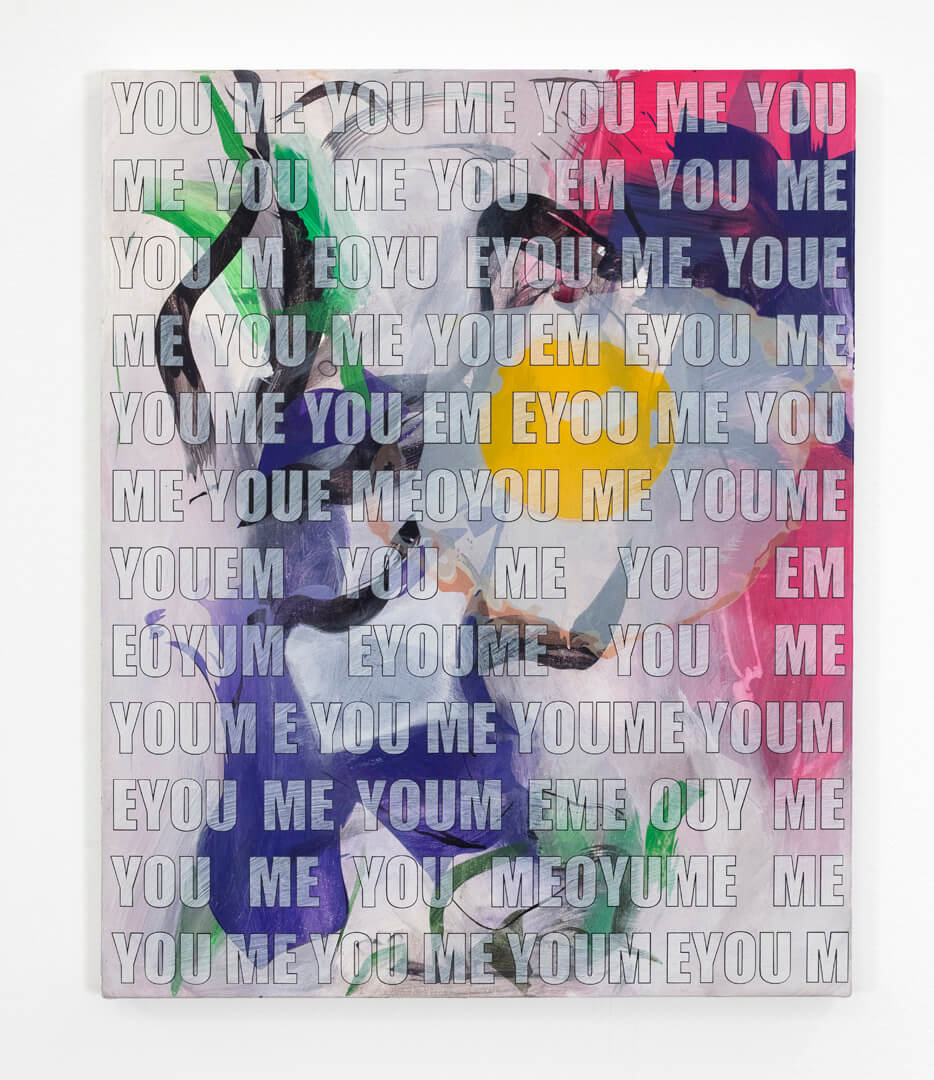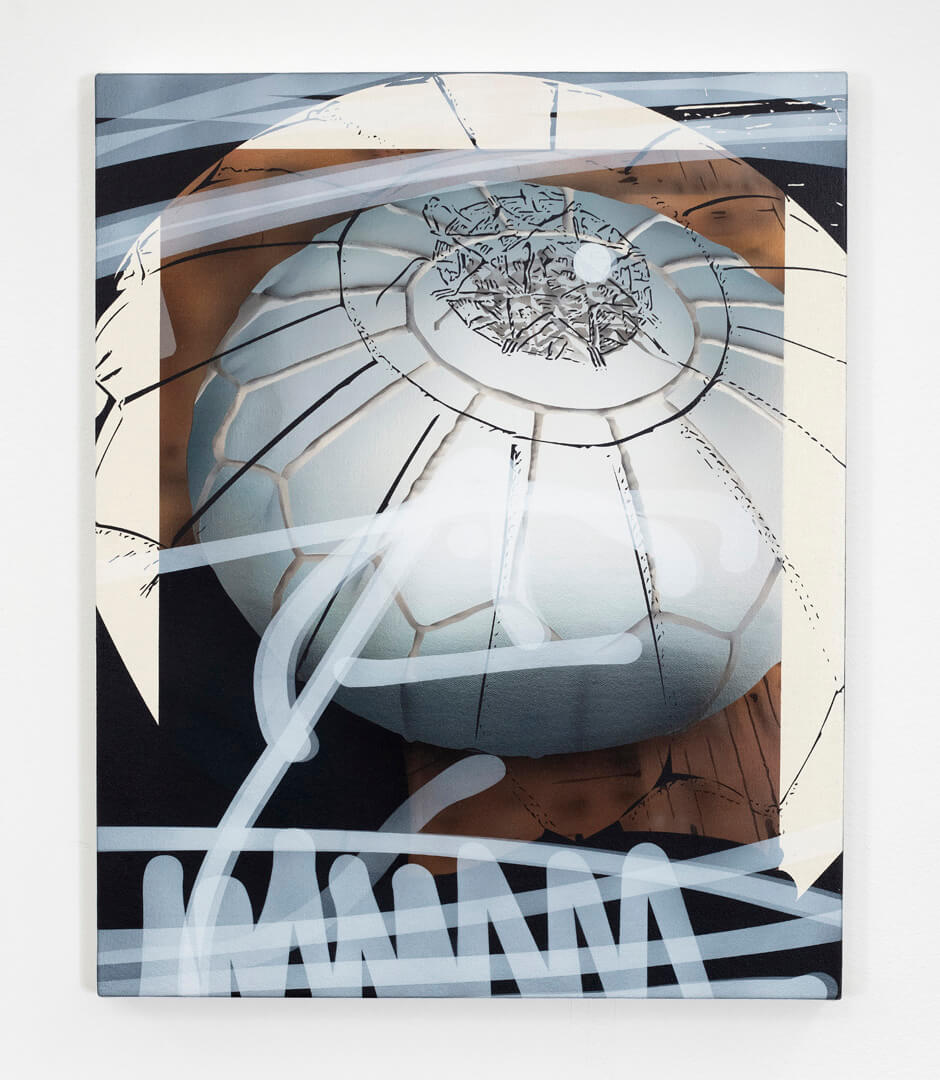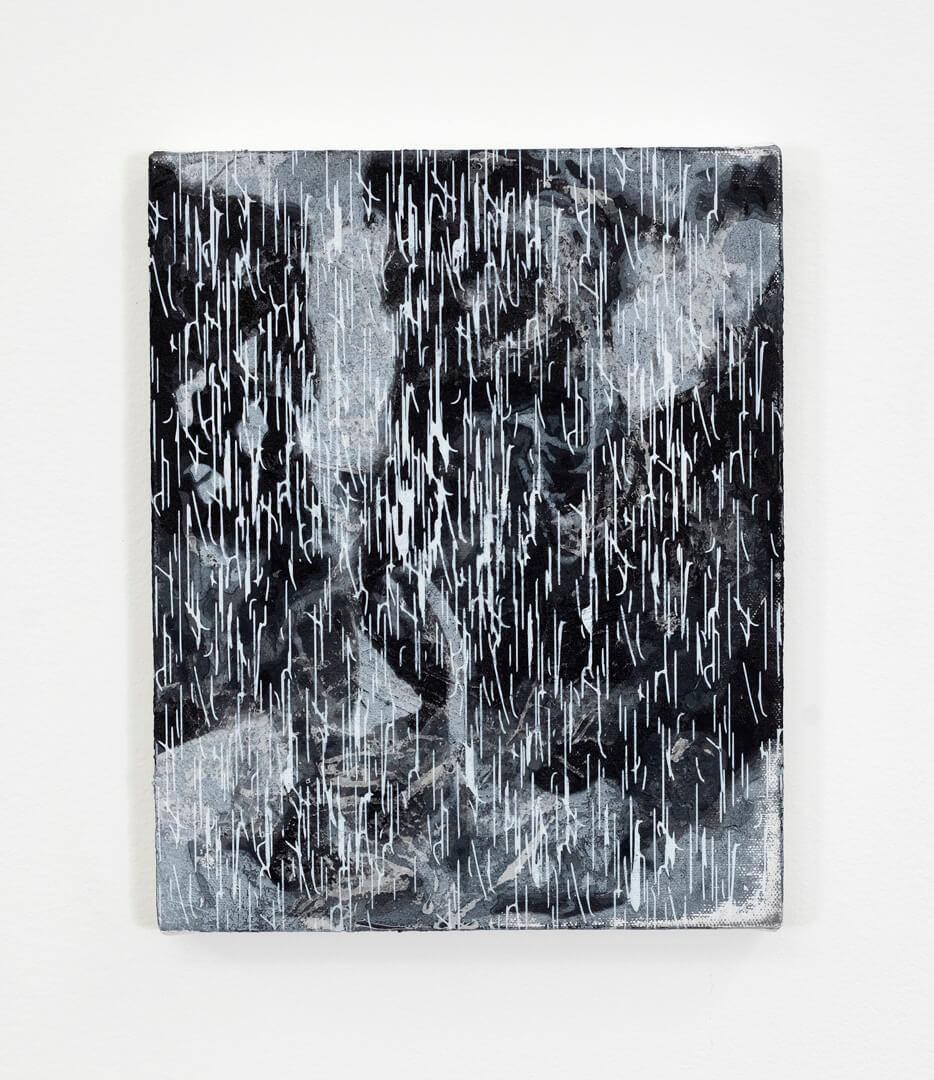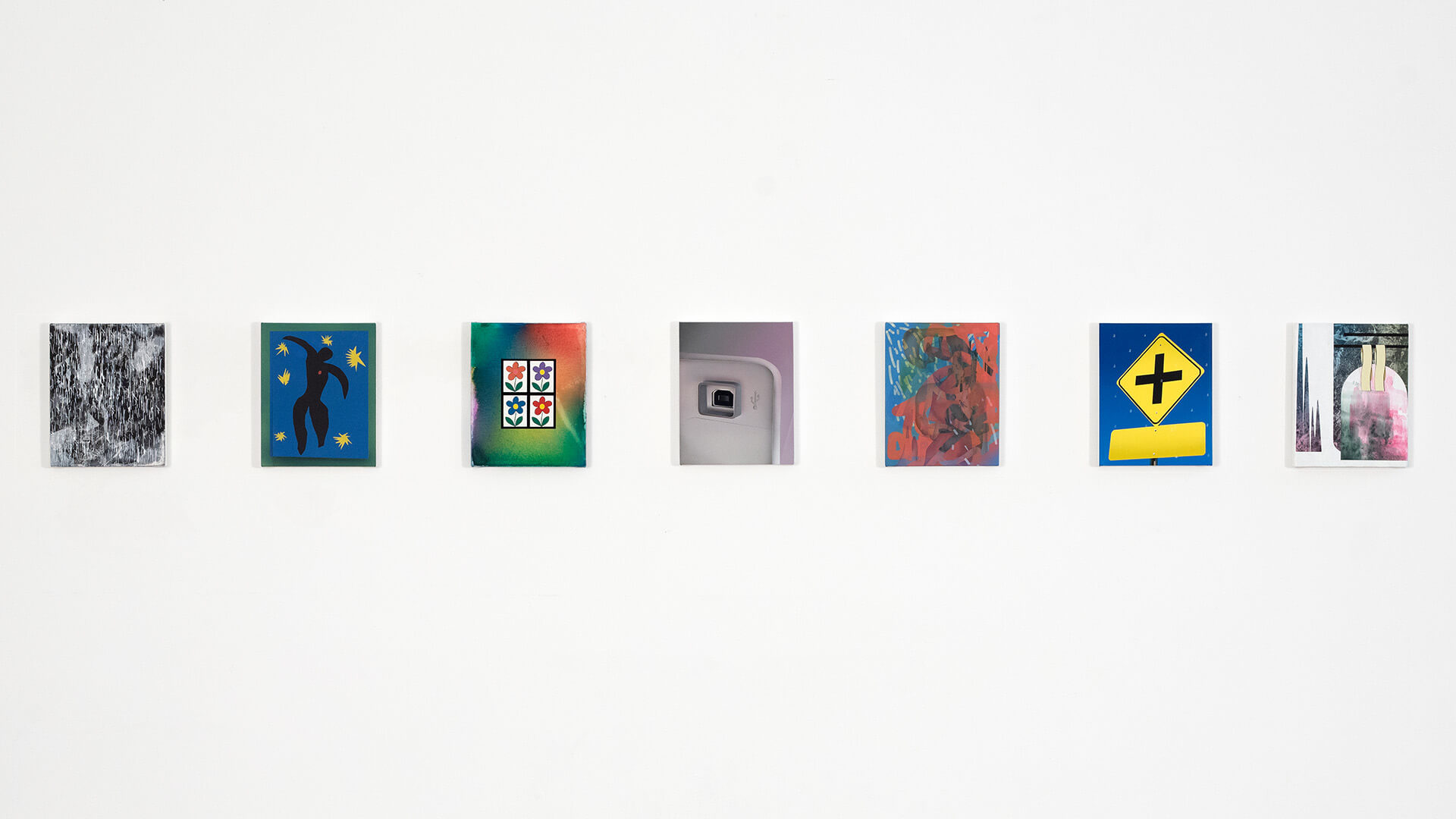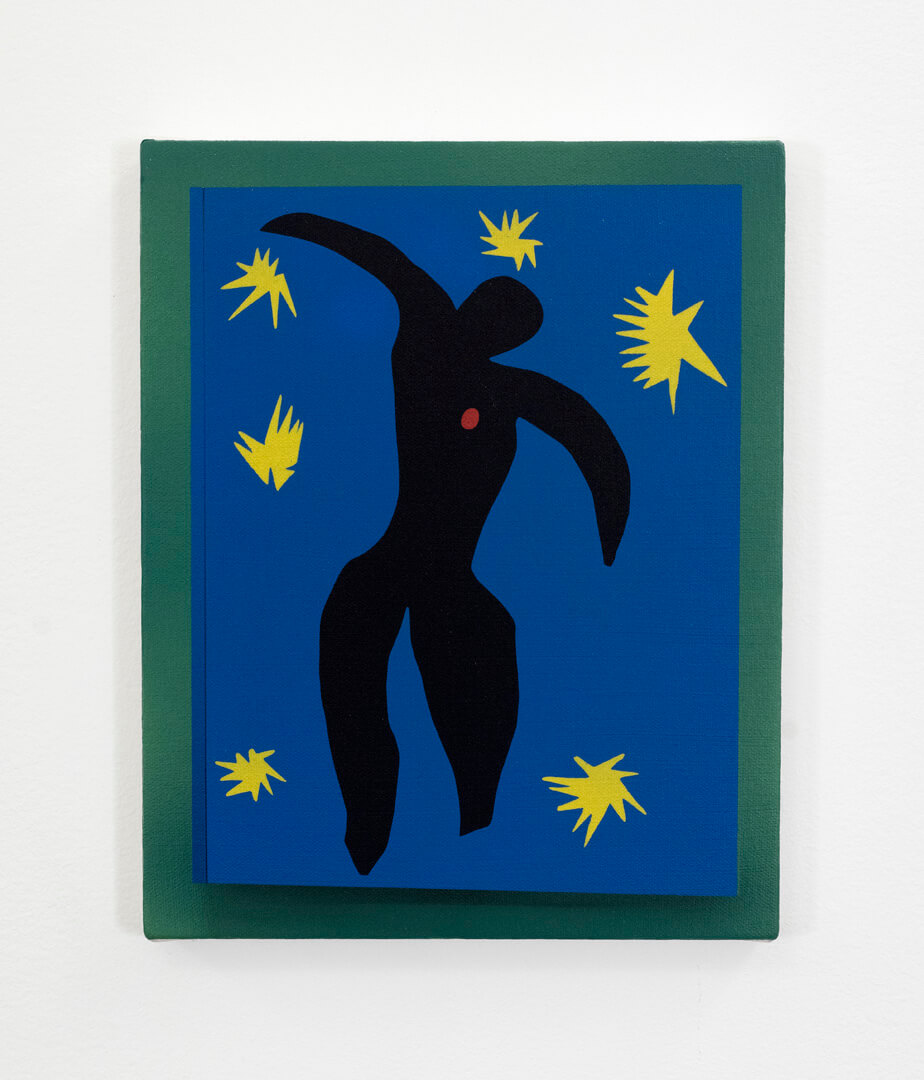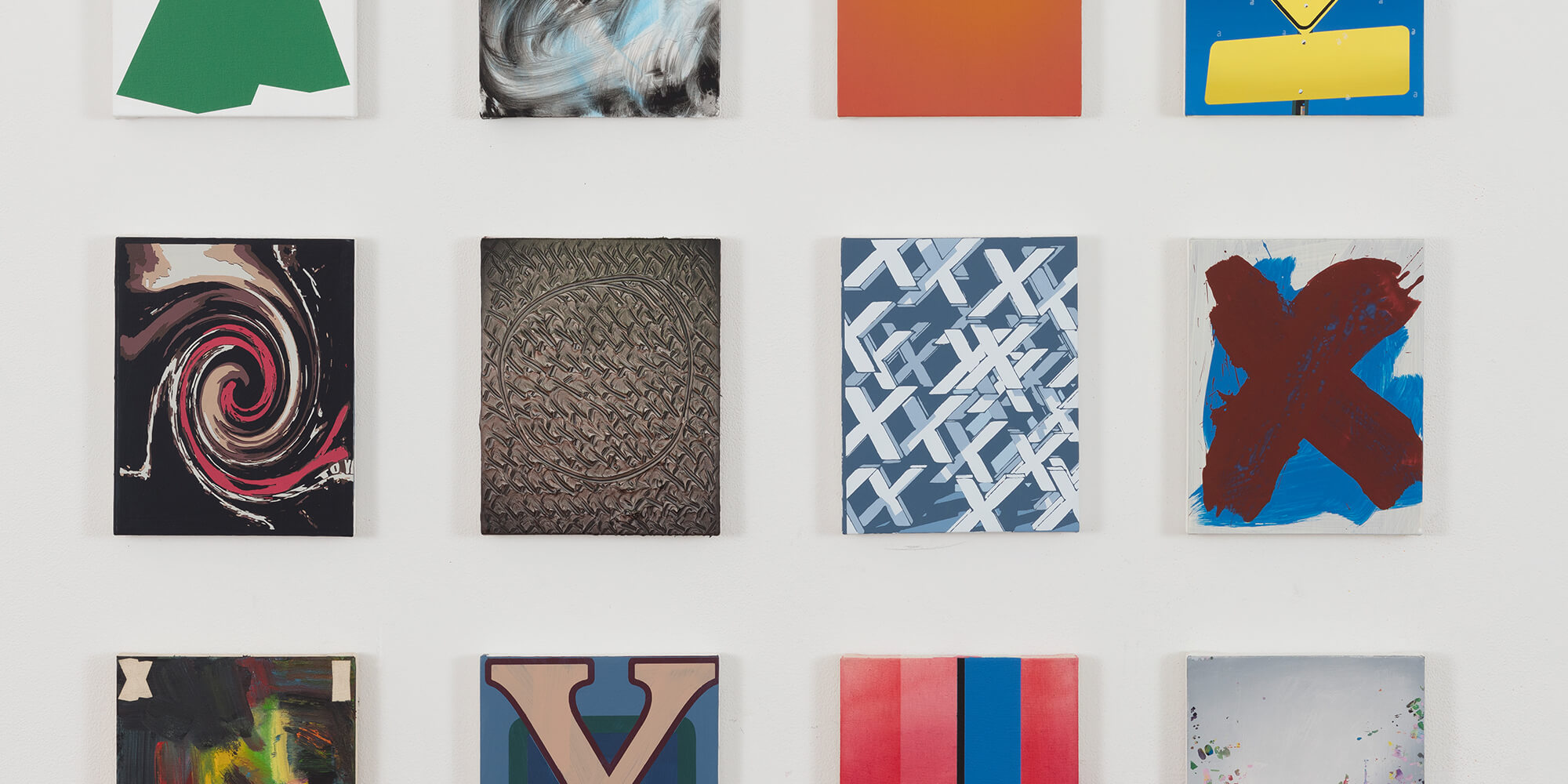
Adam Shaw
Adam Shaw
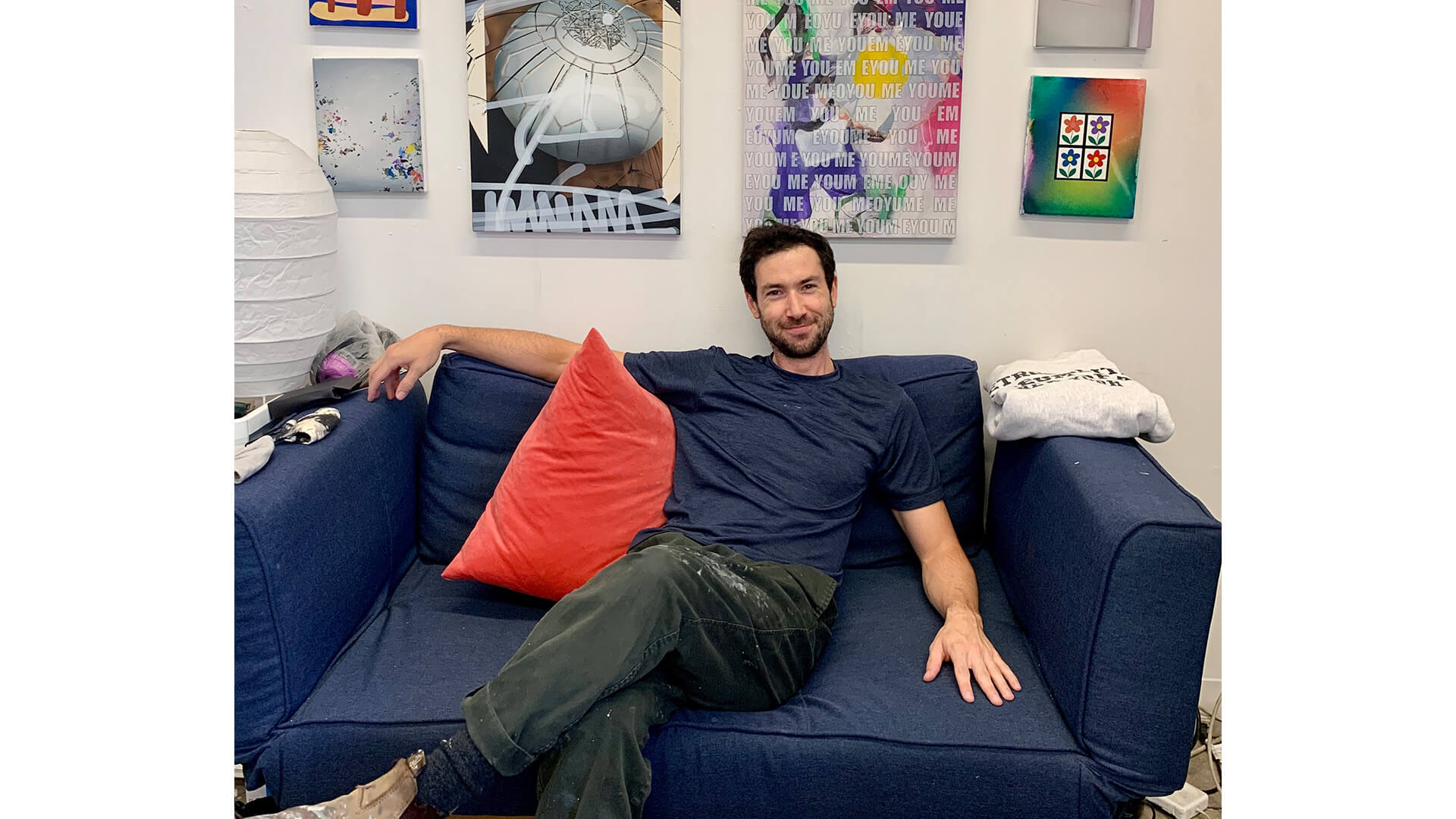
Adam Shaw
Adam Shaw (b. 1987) is a painter based in New York City. His work passes through the spheres of history and process, in an attempt to understand how knowledge and comprehension are arrived at. Images are dragged through space: digital, physical, imagined. They proceed to pick up whatever might attach to them — exploring aspects of material, quotational, image and sign, how they are represented, how they might be re-presented, and contextualize one another.

Winter Summer
2020 Acrylic on canvas 157.48 x 127 cm / 62 x 50 in
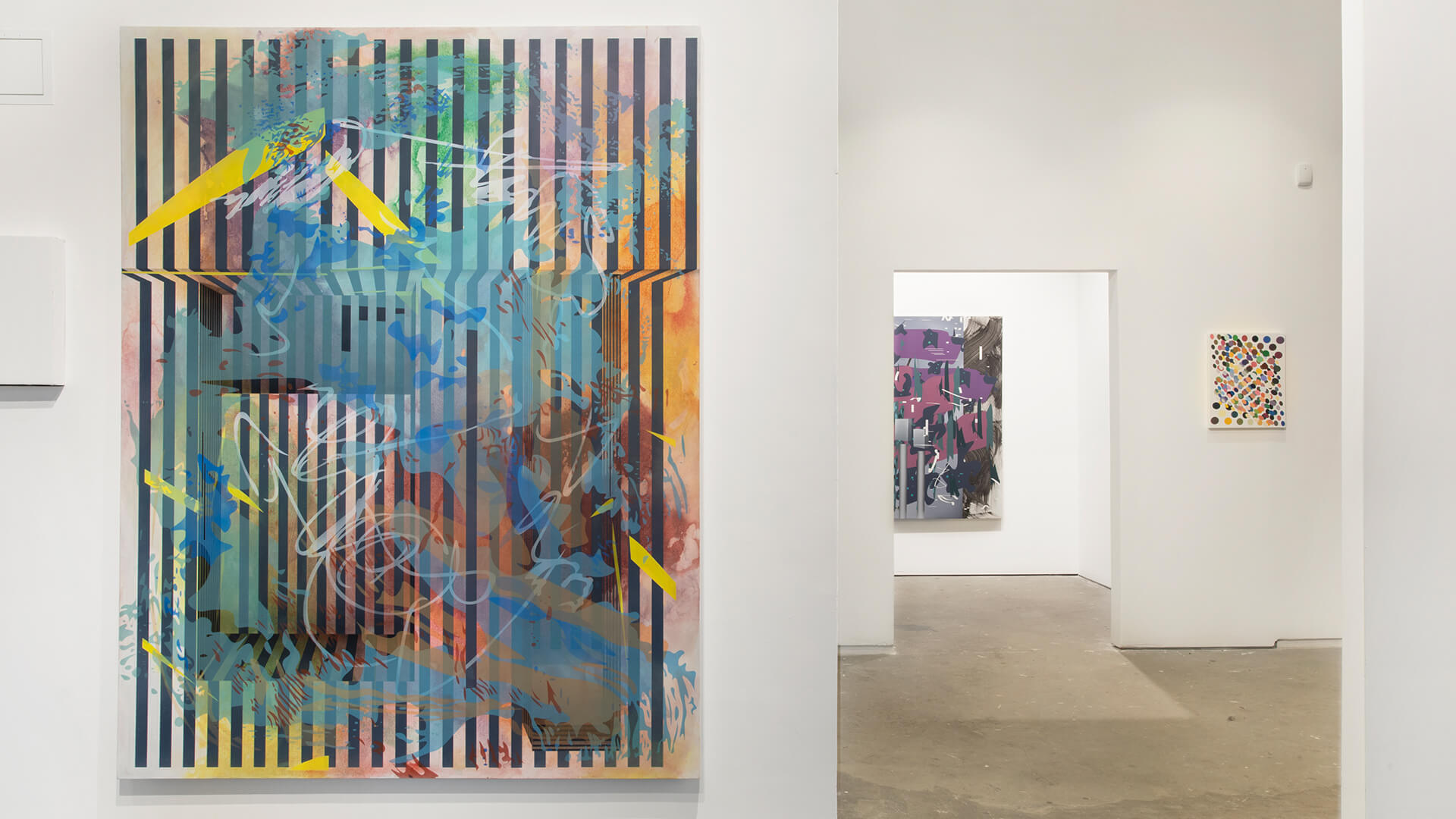
‘My paintings are friends. Sometimes they entertain other relationships. Like the Monolith in 2001: A Space Odyssey, the form signifies a trigger-able event. It aims at a reversal of Modernism, or at the very least one constructed by variable loops. One that looks back at itself and recognizes its own shape. The ape now proceeds to look at the Monolith and recognize their own reflection. ‘I know what I am and I like what I see!’ the ape thinks. It — the form — is in observing, unveiling and/or discovering sets of relationships where art might exist.’—Adam Shaw
Group of four recent paintings:
1. Two Charts 2. YouMe 3. Seeing, at Home 4. Step, Repeat 2020 Acrylic on canvas 50.8 x 40.64 cm / 20 x 16 in (each)
Splash Screen Series
2019-2020 Acrylic on canvas 25.4 x 20.32 cm / 10 x 8 in (each)
Adam Shaw in conversation with Joachim Pissarro
Adam Shaw: I’m interested in the display of it. So what does it look like? How is it used and how do we understand it now, knowing what it represents.
Joachim Pissarro: So there’s another layer that ties back to adolescence, which is the world of video games. It seems to me that your painting would not be completely out of sync in a video game environment, is this something that you refuse?
Adam Shaw: I would like to draw that comparison. I do occasionally use 3D modeling programs as a tool to generate drawings, so I am interested in that space, literally and figuratively. One of the things that I think about is this screensaver, and it’s probably from the 90s, and it’s a very primitive three dimensional space. The screensaver is a maze, and it very much mirrors the way one might move through a video game space, at least once three dimensional environments were introduced. In the screensaver the viewer is guided left, right, upside down, not always aware of movement and what might be encountered. I like to think about my paintings in this similar sort of sense, this viewing in space/virtual space. What images are around the corner from each other? How can the sense of history and encounter become collapsed or compressed, pulled out in both linear and nonlinear fashion? I do think that it is very important that the images talk to each other. So the fact that one image or one space can be right around the corner from the next, to generate and permit new relationships, is an important aspect too.
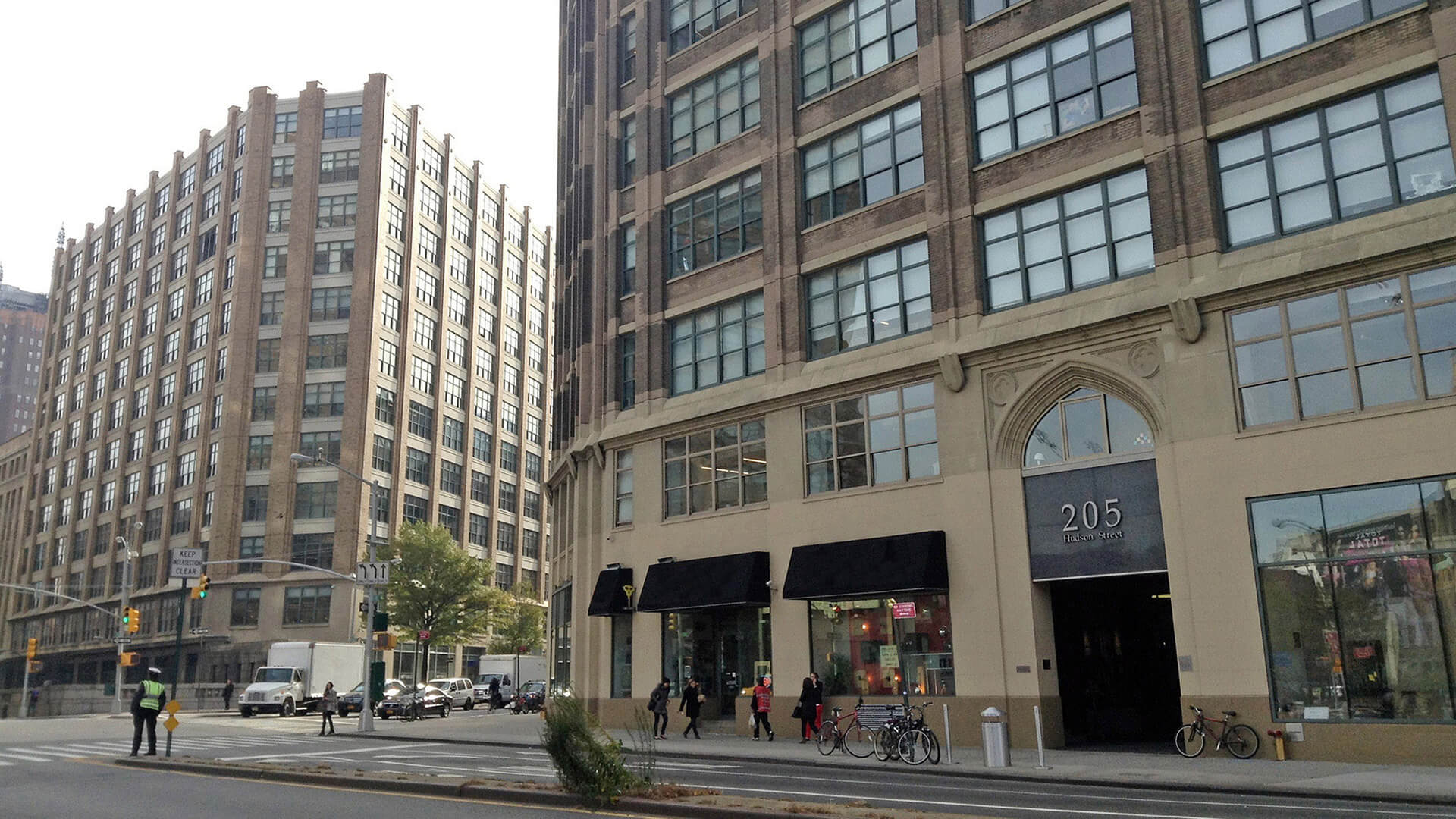
Hunter MFA
The annual Spring 2020 Thesis Exhibition for graduates of the Hunter College MFA Studio Art program represents works by 19 artist graduates of this nationally noted program. Originally planned as a series of physical presentations at Hunter’s 205 Hudson Street campus in Tribeca, but canceled due to the COVID-19 pandemic, the MFA Thesis Exhibition’s digital iteration aims to provide a new, expanded platform for young artists entering the field.
